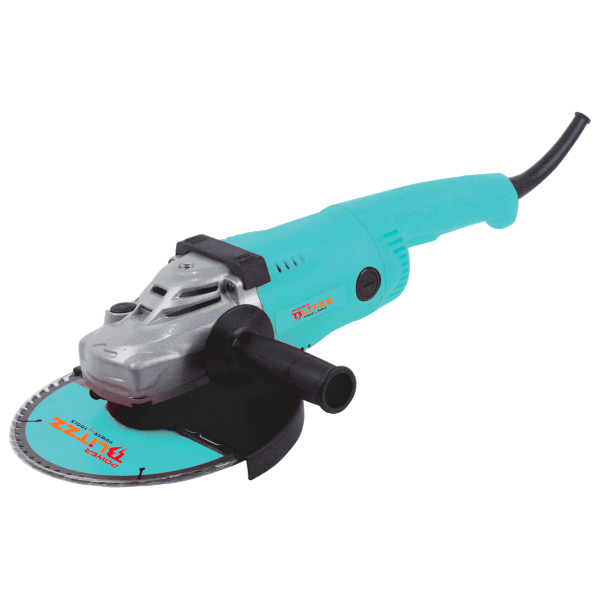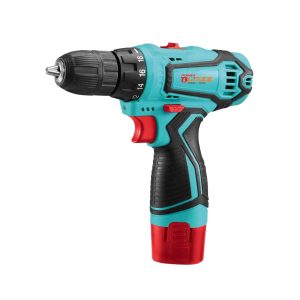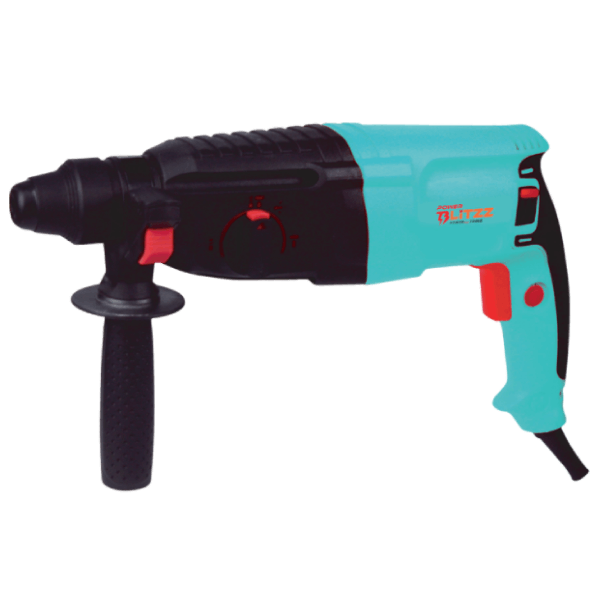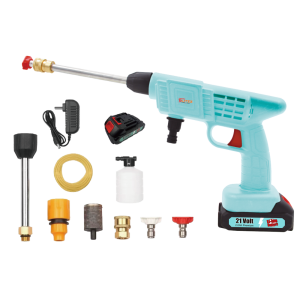

Understanding the Basics: What is a Power Tools Armature?
As an operator of power tools, gaining a strong understanding of the power tools armature provides invaluable insight into the inner workings of these indispensable machines. This core component converts electrical energy into rotational motion, driving a wide range of applications.
Examining the anatomy, functionality, and potential issues related to the power tools armature will strengthen your competency in selecting, operating, and maintaining them.
Anatomy of a Power Tools Armature
At its foundation, the power tools armature forms the rotating part within the motor assembly. It consists of an iron cylindrical core around which tight coils of copper wire are wound. When electricity flows through the wire windings, electromagnetic forces induce rotation of the armature within the motor housing. This design efficiently converts electrical input into mechanical output.
Functionality and Rotation
The armature’s principal function is to transform electric current into rotational energy through electromagnetic interactions. This mechanical force spins the armature and connected drive shaft, powering the attached cutting, drilling, or grinding implement. Understanding this critical energy conversion empowers effective tool application.
Commutator and Brushes
Key components within the rotating armature assembly are the commutator and brushes. The segmented commutator reverses the current’s direction in the coiled wires as the assembly spins. Meanwhile, the carbon brushes maintain contact with the commutator, enabling smooth electricity transmission. These elements sustain continuous armature rotation.
Types of Power Tools Armatures
Inspecting the armature design informs fitting tool selection for given tasks. Wound and coreless power tool armatures provide two primary options.
Wound Armatures
Wound armature technology utilizes coiled copper windings around an iron core, delivering economical and reliable performance. This robust design manages high workloads across cutting, drilling, and grinding tools, ideal for repetitive professional use.
Coreless Armatures
Alternatively, coreless armatures remove the traditional iron core, resulting in a more compact and lightweight assembly. Absent core friction enhances high-speed capability, suiting small, efficient power tools specialized for nuanced applications. Understanding these key distinctions sharpens your tool-choosing ability.
Signs of Armature Issues
Through prolonged use, power tools armatures face potential damage and wear. Identifying indications of impairments enables proactive maintenance and repairs, extending equipment lifespan.
Overheating
With excessive runtimes or blocked air vents, armatures may overheat. Abnormal heat generation signals possible coil degradation. Inspect wound copper and connections to avoid more serious motor disruption.
Inconsistent Operation
Erratic tool performance also indicates potential power tool armature faults. Cycling rotation speeds, sudden stops, or loss of power likely arise from damaged coil windings or worn commutator segments. Address these inconsistencies promptly by replacing the compromised component.
Conclusion: Ensuring Optimal Performance
Grasping power tools armature technology, from mechanical design to electrical function, grants you greater utilization and troubleshooting abilities. Diagnose issues early by recognizing key indicators of component wear. Ultimately, insight into this integral motor element helps maintain your preferred power tools for enduring, uninterrupted service.

Copyright © 2024 – Power Blitzz– All rights reserved.





